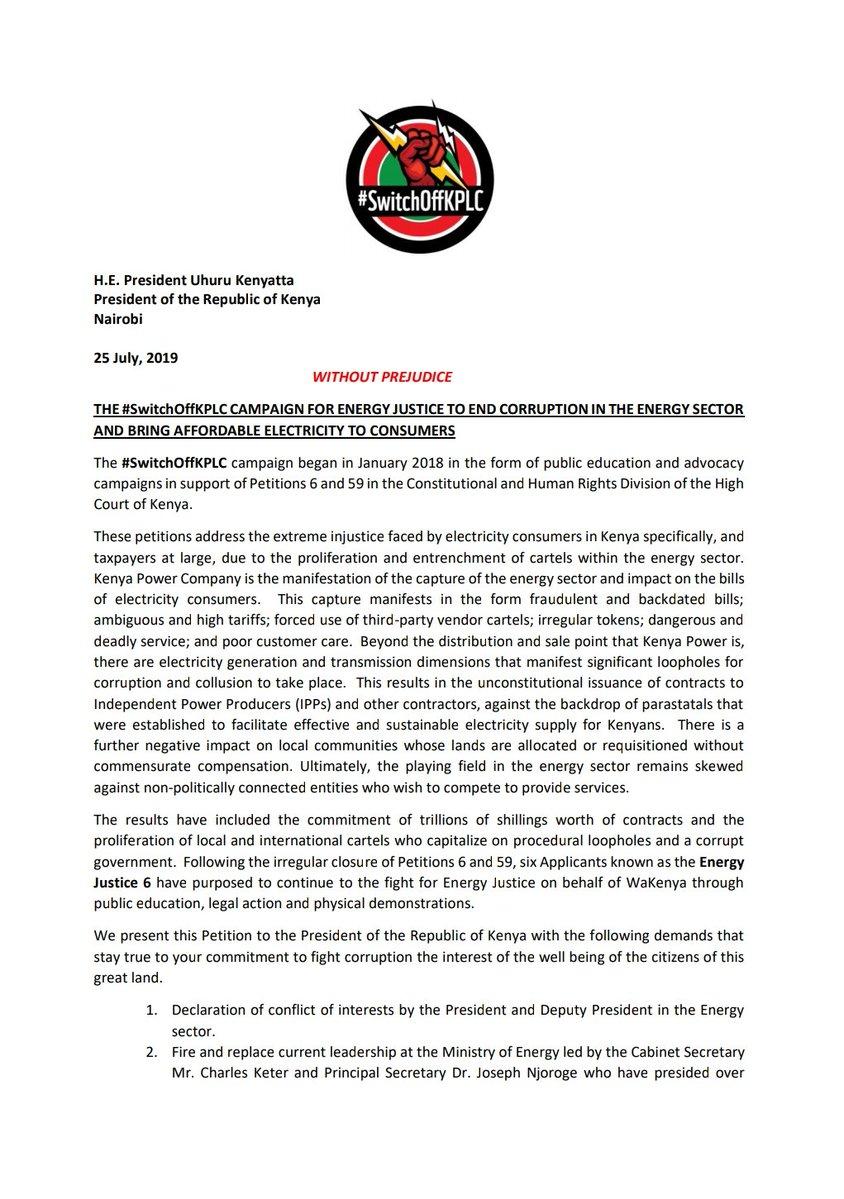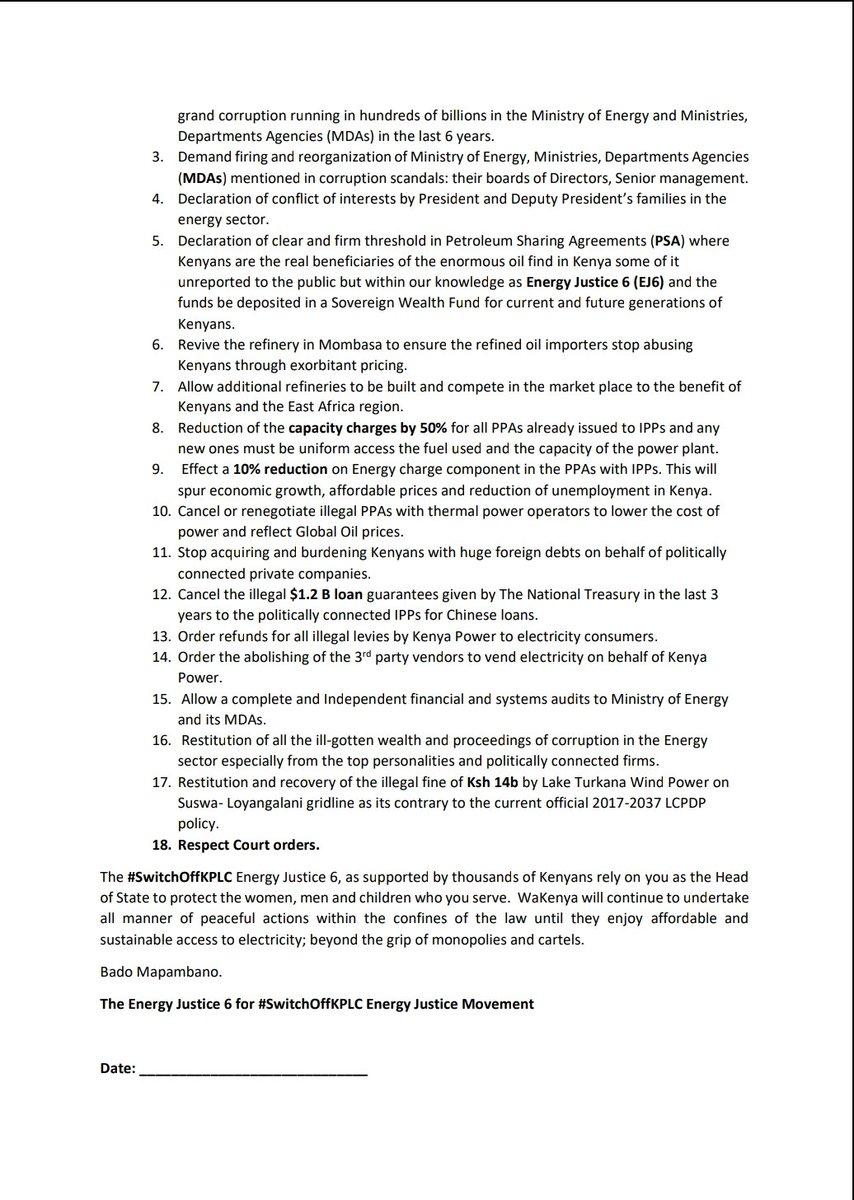"With your knowledge of the #NIIMS system, can you tell us for sure that the #NIIMS system guarantees the privacy and integrity of the data?" - "Yes"
“There is info flowing from functional to central databases” - “yes for authentication”
Get real-time email alerts when new unrolls are available from this author!
Twitter may remove this content at anytime, convert it as a PDF, save and print for later use!

1) Follow Thread Reader App on Twitter so you can easily mention us!
2) Go to a Twitter thread (series of Tweets by the same owner) and mention us with a keyword "unroll"
@threadreaderapp unroll
You can practice here first or read more on our help page!


